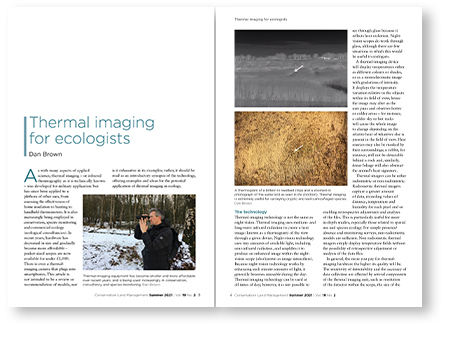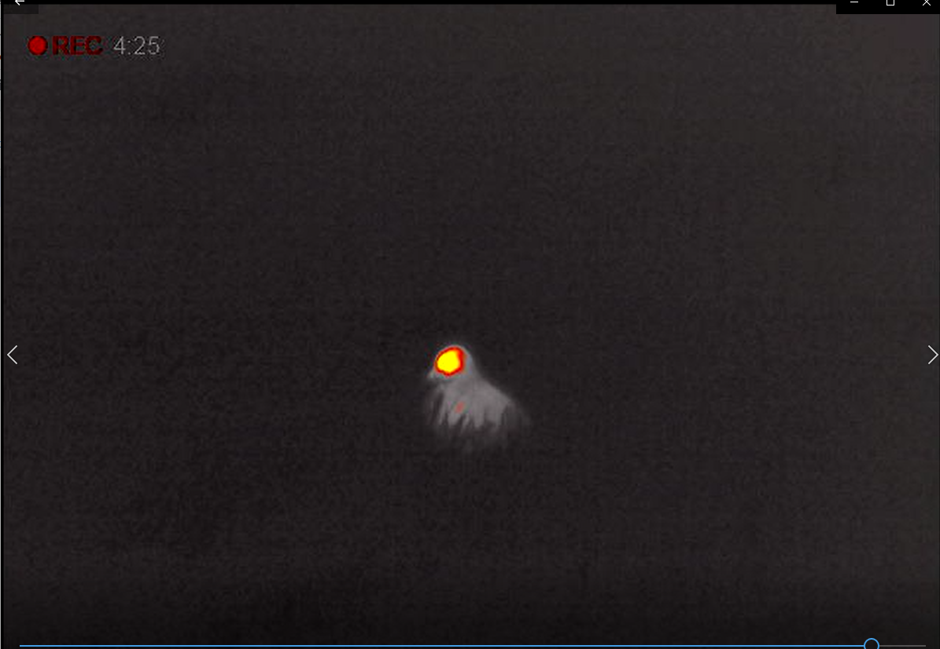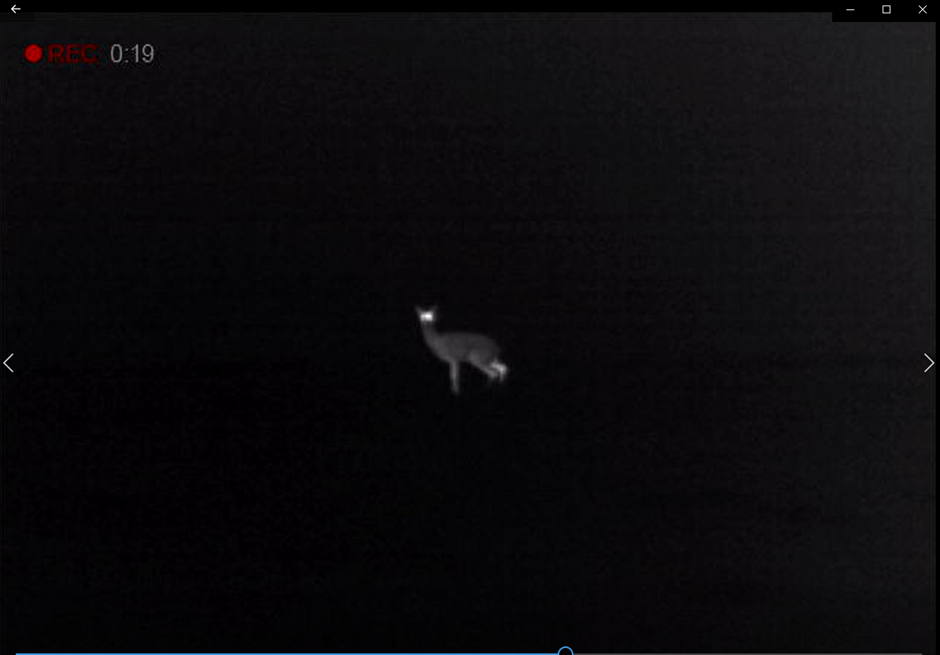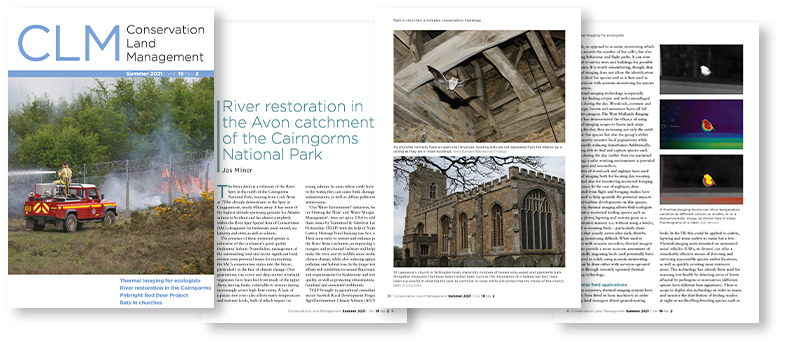In the new Summer 2021 issue of Conservation Land Management magazine (CLM) Dan Brown, ecologist and founder of Wild Discovery, provides an overview of thermal imaging technology and how it can be applied in wildlife surveys. Here you can read a summary of the article.
Thermal imaging was originally developed for military purposes but has since been deployed in a variety of fields, including increasingly so in conservation and ecology. It works by using medium- and long-wave infrared radiation to create a heat image called a thermogram – the varying temperatures can be displayed either as different colours, shades or as a monochromatic image. In light of its growing popularity in ecology, this article discusses how this technology can be used in wildlife surveys and what needs to be considered when doing so.

Field applications
One important benefit of using thermal imaging is that species that are usually difficult to survey, particularly cryptic or nocturnal species, can be readily detected. Ptarmigan, for example, can be tricky to spot in scree and boulder fields, and so the use of thermal imaging can be an efficient way to monitor an elusive species such as this with greater accuracy. Also, as this is a non-invasive surveying technique, the behaviour of wildlife can be observed with little disturbance.
Thermal-imaging technology has already been trialled in surveys of a number of different species. In the Forest of Dean, for example, the Forestry Commission uses thermal imaging to monitor wild boar, and the Mid Wales Squirrel Partnership uses it to monitor active red squirrel dreys. This technology can also complement acoustic monitoring for bat surveys – the species of bat can be determined using a bat detector, while thermal imaging can help to identify potential roost sites and enables the surveyor to count the number of individuals present.
Another advantage of thermal-imaging technology is that it works both during the day and at night. Studies of woodcock and nightjar have put this to good use – researchers have been able to locate day-roosting birds and also monitor their nocturnal activity, such as foraging behaviours and flight patterns, with minimal disturbance to the birds.

Potential for other uses in the field
But what else can thermal imaging be used for in species monitoring? Elsewhere in the world, thermal-imaging systems have been fitted to farm machinery to help detect ground-nesting bird species, a method that could be applied in the UK to monitor curlew, lapwing and stone-curlew. Similarly, attaching thermal-imaging equipment to drones could provide an opportunity to survey inaccessible species and areas.
And it doesn’t have to be just warm-blooded animals either. There is huge variation in heat signatures across the landscape, even between different tree species, and so using thermal imaging could aid searches for potential locations for roosting owls, for example, or help to identify possible basking spots for invertebrates and reptiles. There is also potential for this technology to be used to search for insects that display a distinct heat signature in low ambient temperatures, such as queen wasps and bumblebees or larger moths.

Considerations and limitations
When planning and designing surveys and fieldwork, there are a number of factors that need to be considered when using thermal imaging. For instance, its effectiveness can differ depending on the season or weather – the heat signatures of birds and mammals can be masked on sunny days, whereas these signatures are more detectable during overcast days when the ambient temperature is lower. In order to use this equipment effectively, adequate practice and training is required and although there are some training courses available, there is not a huge amount of published guidance on using thermal imaging for wildlife surveys. And even before choosing a thermal imaging scope, it is important to consider its intended use, its detection distance (as this varies between different models), and cost.
In the full article Dan Brown describes how thermal technology works, provides more detail on how thermal imaging can be applied to wildlife surveys and the benefits of doing so, and describes the resources and training that are currently available for ecologists using thermal imaging. Other articles that featured in the Summer 2021 issue include:
- River restoration in the Avon catchment of the Cairngorms National Park
- The Pirbright Red Deer Project – Surrey’s last ‘wilderness’?
- Bats in churches: a complex conservation challenge
- Insecticide-free agriculture – a sustainable approach for nature and farming

In this and every issue you can expect to see Briefing, keeping you up to date on the latest training courses, events and publications, and On the ground which provides helpful tips or updates on products relevant to land management.
CLM is published four times a year in March, June, September and December, and is available by subscription only, delivered straight to your door. Subscriptions start from £22 per year. Previous back issues are also available to purchase individually (subject to availability).
If you are involved in a conservation project and think your experiences could be useful to other practitioners, we would love to hear from you. If you are interested in writing for CLM feel free to contact us – we will be happy to discuss your ideas with you.






